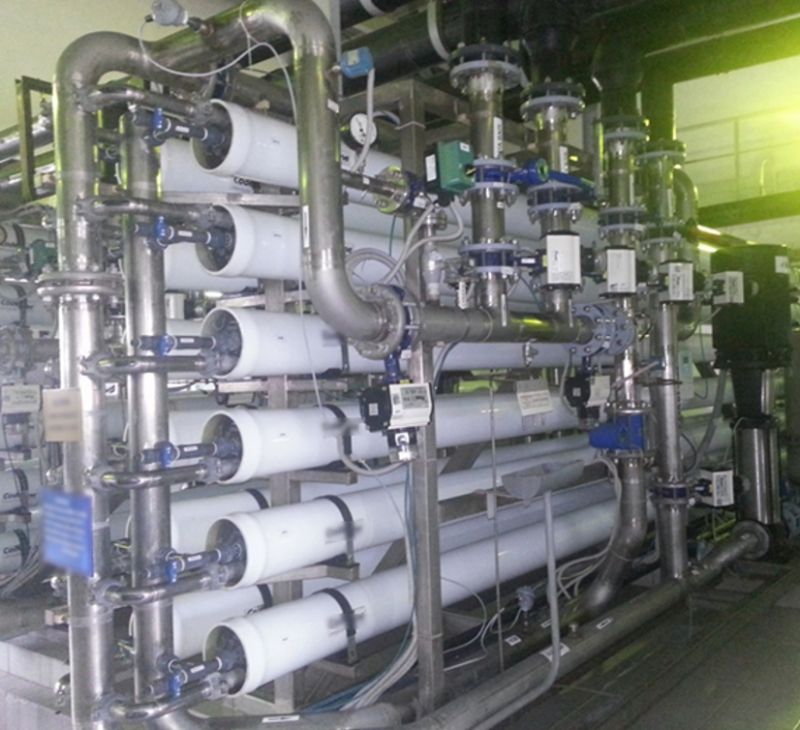Bacteria detection in industrial reverse osmosis applications
Published on by Giovanni Pavanello, Director at ALVIM Biofilm Monitoring Technologies

Reverse osmosis (RO) is widely applied in the industry, to remove salts and other substances from process water. Bacterial growth on RO membranes can greatly reduce the efficiency of this process, thus large amounts of chemicals (usually known as “biocides”) are dosed in the water, to prevent the proliferation of bacteria. Many biocides are oxidizers, and their contact with RO membranes shall be avoided. For this reason, a tradeoff has to be achieved between the efficiency of the chemical treatment and the prevention of damages caused by such substances.
Media
Taxonomy
- Bacteria
- Reverse Osmosis
- Microbiology
- Reverse Osmosis
- Bacteria Control
- Biofilm Monitoring Systems
- Biofilm Sensors
2 Comments
-
Patrick Van de Velde , thank you for your note. ATP measurement is definitely a useful tool, and it can be considered complementary to other techniques. Unfortunately, as you know, ATP (1) is not a measurement of living microorganisms, (2) is not a real time, on line tool, (3) requires the intervention of an operator, (4) can be hardly applied to biofilm (compared to water samples). Regarding "predictive parameters", let me note that predicting bacterial growth is extremely difficult (if not impossible at all, in some cases - considering industrial environments).
1 Comment reply
-
Hello Giovanni,
ATP is today an online measurement with sample to answer in 10 minutes. It is definitely a measure for living organisms in fact it is the parameter that indicates life. Like you indicate it is complementary and it does offer an opportunity to measure microbial condition prior to downstream effects thereof. Inhibitory conditions can be a challenge and indeed not all industrial water lends itself for enzymatic determinations.
-
-
Thank you for sharing, this can also be done by bacterial ATP measurement which allows a predictive parameter instead of a symptomatic measurement. This ATP method was co-developed with Unesco- IHE and is published.